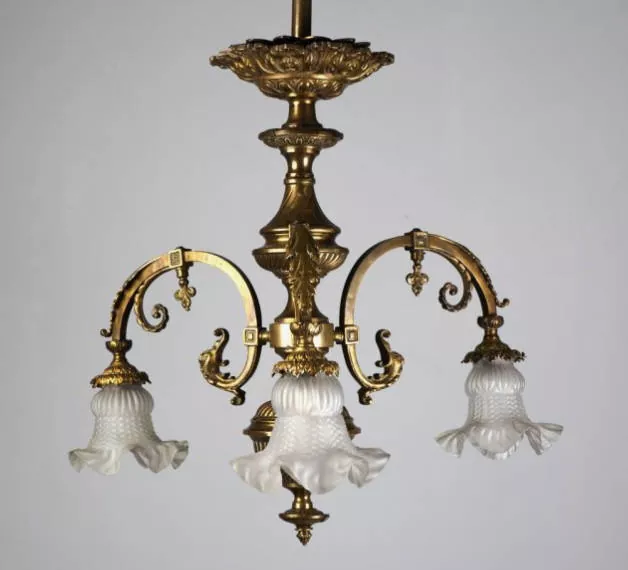
Chandelier lights are decorative lighting fixtures with branches or arms that hold many lightbulbs or lamps with candle-shaped designs.
Also called bulbs or candle holders. There are three primary features of chandelier lights.
Centralized Light Source
Chandelier Lighting is the feature of a centrally placed light source that diffuses light throughout the surroundings. It creates a warm ambience throughout the.
The central hub is comprised of several branches or arms which extend to provide more lighting and coverage.
2.Decorative Designs:
Chandelier lighting comes in a variety of designs, styles, and materials that can be matched to various styles of interiors.
Chandeliers may feature intricate metalwork or elaborate details.
Enhance your look by adding embellishments like beads, crystals or shades.
Homeowners can pick between modern, traditional chandeliers, antique and contemporary.
There are many home decors that is a perfect match for their tastes and requirements.
Compatible with many rooms and programs:
Chandelier lighting fixtures are multi-functional that can be utilized in a variety of areas within the home.
From bedrooms to dining areas, kitchens, living rooms and bathrooms.
They are able to add decorative elements as well as provide practical lighting for different areas of your home.
Chandeliers are beautiful accents that not only illuminate a room and add the appearance.
Chandeliers are a popular feature in interiors for homes due to their central lighting source and design elements.
What is the main difference between a chandelier and a ceiling light? 5 points
Lighting fixtures and ceiling lights serve various purposes and possess distinct features that distinguish them from each other. These five distinctions can help you comprehend the distinction:
Design and Appearance
Ceiling lights tend to be simple and dull. Chandeliers, on contrary, feature numerous arms that are embellished with crystals, beads or other decorations. They are a beautiful centerpieces for any space.
ceiling lighting styles are usually more straightforward, like semiflushmounts, flush mounts or pendants that put more focus on functionality rather than design.

2.Light Distribution:
The numerous candles or lights that are hung on its arms are designed to spread light evenly across the room.
creating a warm and inviting ambience in any room. Ceiling lighting are on the opposite side of the spectrum, are typically more functional lighting.
Based on the design, they may project light downwards or upwards.
Installation and placement:
In rooms with ceilings that are high like living rooms, dining rooms, or entryways chandeliers are frequently utilized as centerpieces.
Chandeliers are suspended from ceilings via rods or chains, and could require additional structural support, based on their weight and size.
Ceiling lighting that is directly to the ceiling may be utilized in rooms that have low ceilings or small space.
4.Functionality:
Chandeliers add an atmosphere of light and add aesthetic value to any space they light.
Chandeliers are ideal to decorate formal events or other occasions where the exquisite design and soft lighting create a romantic atmosphere.
Ceiling lighting is more appropriate for kitchens, hallways, bathrooms and many other places in which bright, evenly distributed lighting is required for various tasks.
Size and Scale
Ceiling lights are typically smaller and less sturdy than chandeliers.
A bold statement in any setting.
Ceiling lights come in a range of sizes and heights that accommodate different ceiling heights and areas.
From small fixtures for small spaces to larger fixtures for rooms with more space.
Both chandelier and ceiling lighting can be used to illuminate a room.
The design and functionality, the placement dimensions, and appearance of these lamps are varied and are designed to satisfy different lighting requirements as well as aesthetic requirements.

